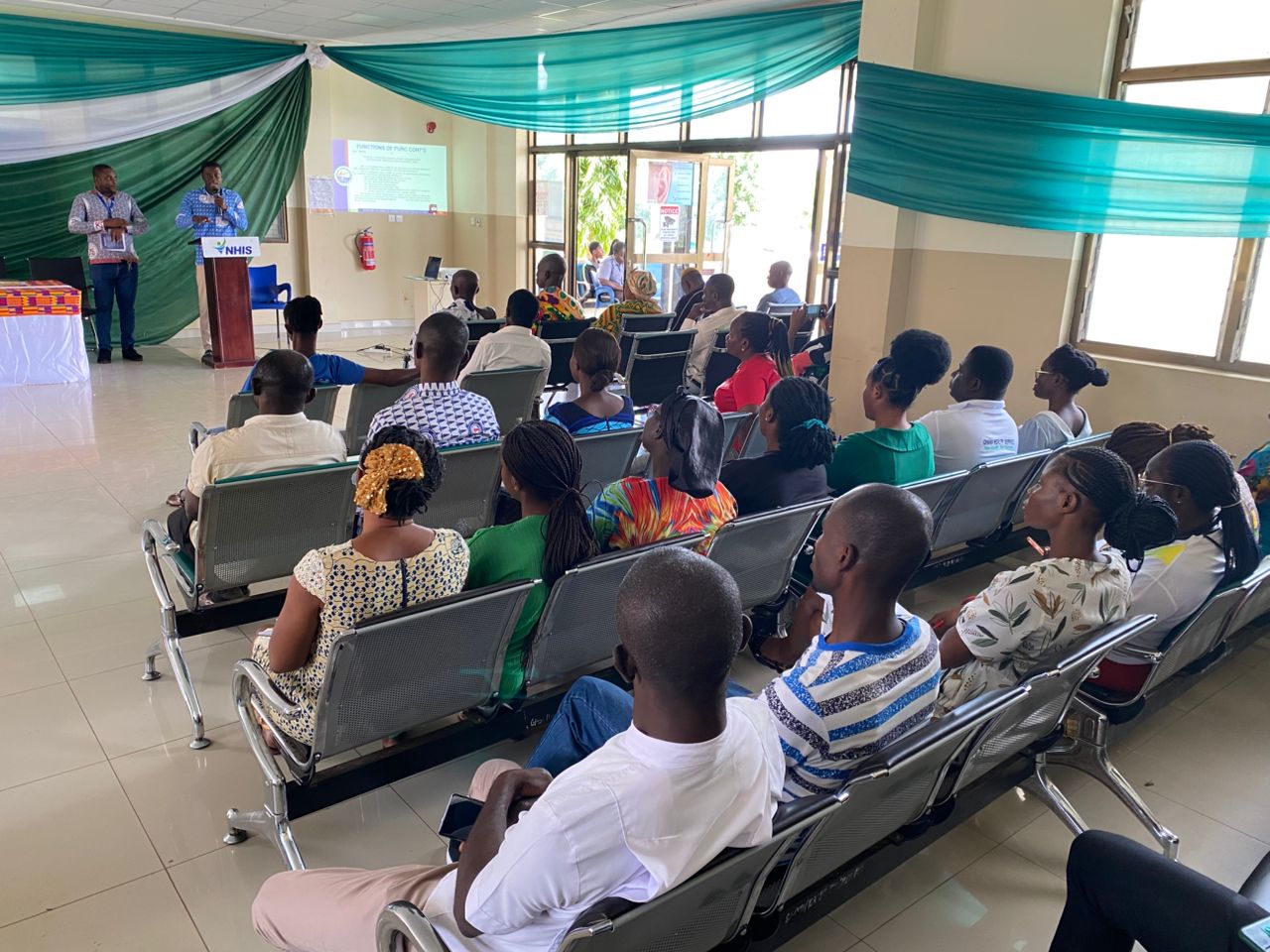Copyright newstatesman

The NHS Ten-Year Health Plan for England lays out an ambitious agenda for the transformation of public health services. It aims to shift focus from the treatment of illness to prevention; from delivering care in hospitals to increasing services and accessibility within communities, and from relying on analogue systems to harnessing the potential of digital technology. Podiatry, the specialism of all aspects of foot and lower limb health, is central to achieving these goals. Foot and lower limb health may not be the first thing that comes to mind when considering the NHS’s biggest challenges, but it holds tremendous potential to transform lives and ease pressures across the system. Diabetes-related foot complications alone cost the NHS an estimated £1bn annually, mainly through preventable admissions, prolonged hospital stays, surgical interventions, and long-term disability from amputations. More than 80 per cent of foot and lower limb amputations could be prevented with timely, coordinated foot care. Podiatrists are vital in these prevention efforts: they diagnose, treat, and, critically, help people avoid complications from foot ulceration and lower limb musculoskeletal disorders. As the NHS pivots to a prevention-first model, podiatrists’ expertise in early intervention, patient education, and long-term management will be crucial in reducing pressure on acute services and improving patient outcomes. In addition, podiatrists play a central role in the integrated care of patients with long-term conditions. They manage complications associated with diabetes, peripheral arterial disease, rheumatoid arthritis, musculoskeletal conditions, and neurological disorders. Through their specialised care, podiatrists help keep thousands of people active, pain free and in work, improving overall health outcomes and quality of life for patients of all ages. Care closer to home A recent trial by Somerset NHS Foundation Trust exemplifies the benefits of bringing care closer to home. They found that integrating a consultant podiatric surgeon into community clinics significantly reduced waiting times, enhanced patient outcomes, and upskilled staff. Surgeries performed at community hospitals were more cost-effective than using acute sites, and the model freed up GPs’ time by shifting antibiotic prescribing to podiatry clinics. This approach demonstrates how strategic collaboration within community settings can improve efficiency and satisfaction across the board. One major shift outlined in the NHS ten-year plan is moving care from hospitals into community settings. Podiatrists predominantly work in local communities; they detect early signs of complications before they escalate, and provide ongoing management for chronic long-term conditions. Intermediate care provided by podiatry services plays an important role in rehabilitation following surgery, injury, or infection. These services help people regain their strength and independence, and avoid the need for institutional care – which not only supports patient well-being but enhances NHS efficiency and reduces social care costs. Addressing inequalities in foot health is critical, as poor foot health is strongly linked to deprivation and limited access to care. Expanding community podiatry, particularly in underserved areas, is essential to reducing health disparities and fulfilling the goals set out in the ten-year plan. Strengthening the workforce The podiatry profession faces critical shortages caused by more than a decade of underinvestment, a drop in new graduates, and high attrition rates as older podiatrists retire. As of today, there is only one NHS podiatrist for every 5,000 residents in England. The Royal College of Podiatry has launched its career campaign, Inspire Movement, Choose Podiatry, to attract people into the profession. But we cannot do it alone. For such a campaign to have longevity and a chance of real change we need the help of UK governments to increase funding for podiatry undergraduate programmes and for clinical placements. Workforce planning must become a core element of the NHS transformation agenda. This involves expanding education pathways by providing fully-funded bursaries, apprenticeships, and paid placements to attract new talent and promote diversity in recruitment. Additionally, targeted support for underserved areas is essential, including retention bonuses and incentives for clinicians working in high-need communities. Digitisation and innovation Digital transformation is at the heart of the NHS’s future. Here, podiatry can be a launchpad for the adoption of AI-enabled diagnostics, remote monitoring devices, telemedicine, and data-driven care pathways. Remote monitoring through new wearable technology enables real-time tracking of foot ulcers, allowing rapid intervention when deterioration is detected. This proactive approach often prevents severe infections and reduces the need for hospital admissions. Expanding these telemedicine approaches can ensure continuity of care, especially for people who are immobile or living in rural or coastal areas. However, many NHS podiatry clinics lack the digital infrastructure to make this promise a reality. Investment in equipment, training and interoperable systems must be prioritised to avoid deepening inequalities that risk leaving certain groups further behind. Inclusive digital design, with analogue options for those unable to access or navigate technology, is essential. Harnessing potential To harness the full potential of podiatry and deliver the NHS’s ten-year vision, several urgent policy measures are necessary. First, there must be a systematic integration of podiatry services into new neighbourhood health centres and digital care pathways. This integration will ensure that routine foot screening becomes standard practice for at-risk populations, enabling earlier detection and management of foot and lower limb complications. Additionally, the development of a national foot health mobility strategy is critical for the health of the nation. Such a strategy would coordinate efforts around prevention, early intervention, and rapid referral for serious complications, streamlining care, and improving patient outcomes across the UK. Finally, ensuring equity of access to podiatry services, regardless of postcodes, must be recognised as a crucial measure in addressing health inequalities. Embedding foot health metrics within Integrated Care Boards will help track progress and promote equity in care delivery, ensuring that populations most in need receive appropriate support. The NHS’s future depends on its ability to keep people healthy, independent, and active for as long as possible. Podiatrists are essential to this effort, providing expertise that saves limbs, reduces pain, increases mobility, and supports the shift towards prevention and community-based care while delivering significant cost savings.



